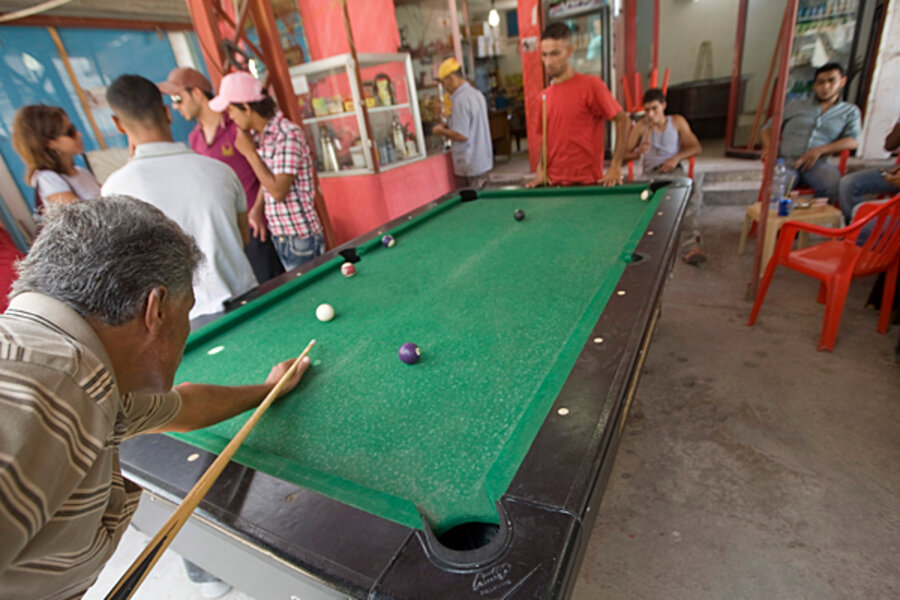Following the 1948 and 1967 wars, hundreds of thousands of Palestinians fled their homes in Israel, both out of fear and because of Israeli force.
In 1950, the UN Relief and Works Agency recorded almost 1 million refugees in what is now the West Bank and Gaza Strip, as well as Jordan, Lebanon, and Syria. Today, there are more than 4.5 million refugees in the region, and almost 1.5 million of those refugees remain in UN-run refugee camps.
Most Palestinians insist on the “right of return” to their homes in Israel, but few Israelis support this idea. One alternative proposed by Israel is financial compensation for Palestinian refugees instead of the right to return to their family homes.
But Arab countries aren't keen to have the burgeoning Palestinian refugee population become a permanent presence. Palestinians in Arab countries, particularly Lebanon and Jordan, have faced discrimination and lack many of the rights given to those countries’ citizens. The limitations often make it more difficult for the refugees to find work and housing.





